Back in 2008, I professed my feelings, bared my soul and told all about how I absolutely was in love the International Space Station. Nine and a half years ago when I wrote that article, titled “I ‘Heart’ the ISS: Ten Reasons to Love the International Space Station,” the ISS was still under construction, only three astronauts/cosmonauts at a time could live on board, and scientific research was sparse. Some people routinely questioned the cost and utility of what some people called an expensive erector set or orbiting white elephant.
But now, construction has been complete for several years, six crew members are usually aboard, and there are three fully outfitted laboratory modules that contain fourteen internal research facilities and twelve facilities outside the station. The ISS is the largest, most complex international engineering project in history, built by fifteen countries around the world. They had to – and continue to — work across differences in language, units of measure and political agendas.
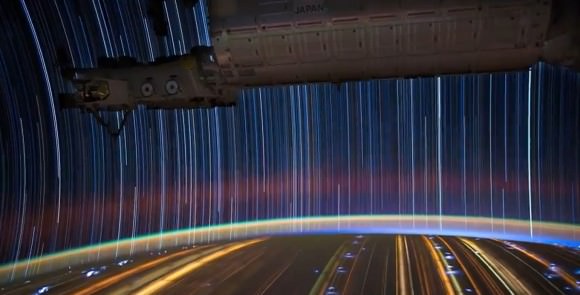
The ISS is an engineering and technical marvel for not only its nearly flawless construction — every piece fit together perfectly — but also for its relatively trouble-free operation. It’s become a certified US National Laboratory, conducting ground-breaking research across multiple disciplines. It serves as a unique educational and inspirational platform for people around the world.
But one thing has not changed: I still love the ISS. And today, as we celebrate 17 years of humans continuously living and working off our home planet, here are ten more reasons to love the ISS:
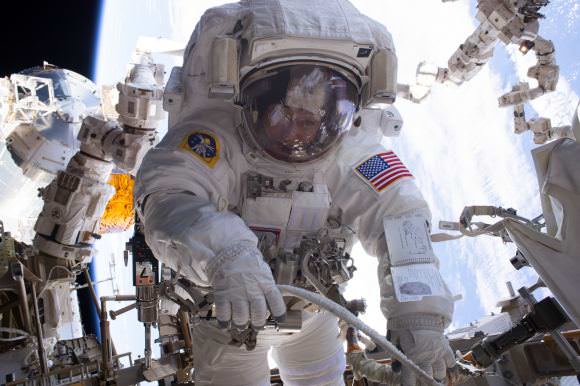
1. The Humans: The astronauts and cosmonauts on board the ISS put the ‘human’ in human spaceflight. They can do the science, make the observations and share the experience unlike any robotic mission. The personalities of each crew give a unique flavor to each Expedition (we’re currently up to Expedition #53). While astronauts like Chris Hadfield, Peggy Whitson and Scott Kelly have become uber-famous for their unique stints aboard the ISS, over 200 humans have visited and over 100 people from 10 different countries have lived and worked on board. As of today, there has been a cumulative consecutive 6,210 days of humans in orbit on the ISS.
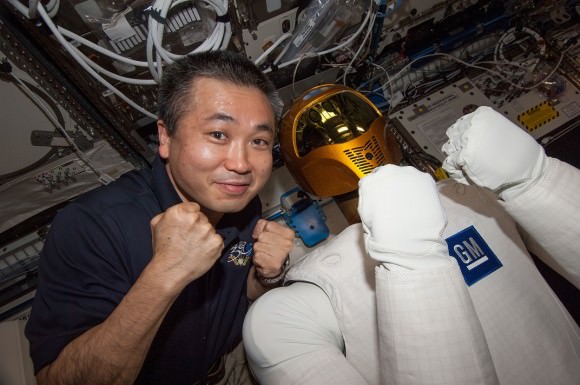
2. Robots: Oh yes, we’ve got robots on board too! Robonaut is human-shaped robot working towards taking over simple human tasks like flipping switches and other maintenance, SPHERES (Synchronized Position Hold Engage and Reorient Experimental Satellites) are like Jedi training spheres that are testing several different space technologies; Japan’s super-cute JEM Internal Ball Camera can monitor space station activities and functions.
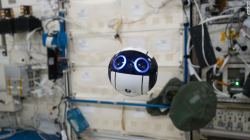
Canadarm 2 is a 17.6 meter (57.7 feet) -long robotic arm on the station’s exterior that was instrumental in building the ISS; it can handle large payloads and is now used to dock visiting resupply ships. Dextre is Canada’s large robot that’s been described as a “robotic handyman” that does work outside the space station. Next year a new robot called Astrobee will come on board; it’s a cube-shaped robot packed with sensors, cameras, computers, and a propulsion system and is designed to help astronauts around the ISS with a variety of tasks. All these robots will help lead us to real versions of R2D2, C3PO and BB-8.
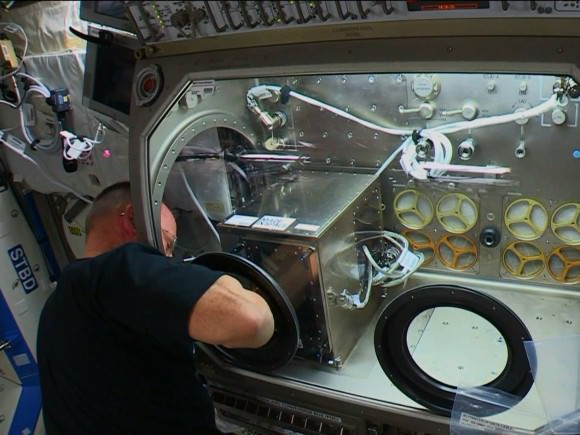
3. There’s a 3-D printer on board: 3-D printing has taken off on Earth for all sorts of applications and the 3-D printer on the ISS could help pave the way for future long-term space expeditions. The Additive Manufacturing Facility (AMF) from the company Made In Space has printed tools for use on the station, and NASA is even looking at printing food in space. It’s the first version of the Star Trek replicator, and can help solve the logistics problem of having spares for every single nut and bolt, enabling repairs and being able to solve unanticipated problems in space where there are no hardware stores.
4. Science! Hundreds of experiments conducted on board the ISS have changed science both off and on our world. Experiments include fields as diverse as microbiology, space science, fundamental physics, astronomy, meteorology and Earth observation to name a few. Every week, I receive a detailed email from the ISS Program Science Office, explaining the diverse experiments and unique results from research in space. Like on Earth, not all research in space is headline-making and world changing, and science takes time. As Peggy Whitson said, “like research on the ground, it takes many years to get a final answer but each step is important.”
The continued research on the ISS is producing unique science results, space technology spinoffs, and other technologies that are saving lives around the world. Studies have allowed for advances in water monitoring and filtering, fire prevention, particle and colloidal studies, and nanomaterials that are providing innovations in industry.
The Center for the Advancement of Science in Space (CASIS) manages the ISS National Lab, and they have has partnered with academic researchers, government organizations, startups and major commercial companies to take advantage of the unique microgravity lab.
Big experiments include the Alpha Magnetic Spectrometer that is looking for dark matter, and antimatter and cosmic rays; and the Cold Atom Laboratory (CAL) is an experimental instrument set to launch next year that will create extremely cold conditions in the microgravity environment of the ISS leading to the formation of Bose Einstein Condensates that are a magnitude colder than those that are created in laboratories on Earth.
Building the ISS itself has led to advances in engineering and all the activities on board enhance our ability to explore space and one day set off on journeys that will take humans out into the solar system.
Here’s a video that explains in detail some of the top research results from the ISS:
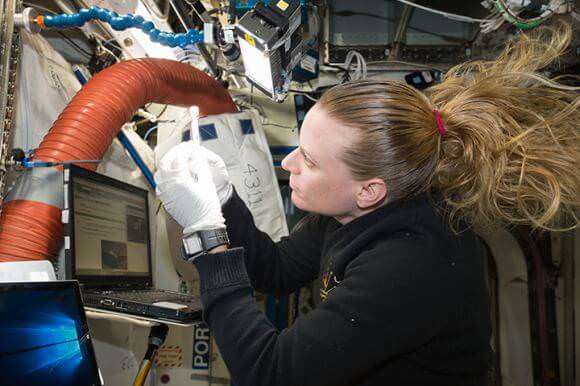
5. More science, for the betterment of humanity’s health. One of the main areas of focus is life sciences. Studying the effects of microgravity on astronauts provides insight into human physiology, and how it evolves or erodes in space, and those studies can be used directly to help solve medical problems here on Earth. Investigations have been aimed at studying cancer cells, bone density and osteoporosis, heart disease, eye sight issues, as well as and examining ways to enhance pharmaceuticals.
Last year, DNA was successfully sequenced aboard the ISS, and this opens a whole new world of scientific and medical possibilities. Scientists consider it a game changer.
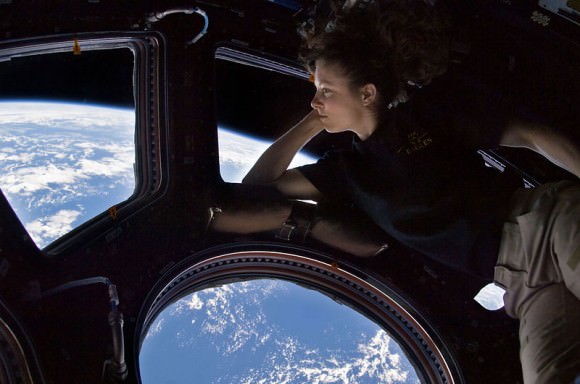
6. The Cupola and orbital perspective. Seeing Earth from space can be life changing, and even just seeing the incredible pictures and videos from the ISS astronauts can give us the big picture and a long-term view of our world that we can’t get otherwise. Books like Frank White’s “The Overview Effect” and ISS astronaut Ron Garan’s “The Orbital Perspective” have talked in detail about the impact of seeing our world as a whole, and how it can show us, as Garan said, “both the good and bad of our daily decisions, words, and actions.”
Additionally, Earth observations can help in studying climate and and Earth’s physical, biological and chemical systems.
Also, you can see that the Earth is not flat.
You can watch live views of the Earth from the ISS with ISS HD Viewing Experiment Camera here.
Our two Soyuz resting outside the @Space_Station after the ride from Earth… I wish every parking spot had this kind of view! #VITAmission pic.twitter.com/fdiUBoVsOW
— Paolo Nespoli (@astro_paolo) November 1, 2017
7. International cooperation. This is one of the benefits of space exploration: people from different countries and faiths can learn to live together in peace and harmony. While space exploration started as more of a competition, as NASA historian Steven J. Dick has said, “political and funding realities have now shifted the balance toward cooperation.”
The ISS is the result of unprecedented scientific and engineering collaboration among five space agencies. I’ll just reiterate what I wrote in 2008: In a world where violence and political animosity floods the daily news, it’s incredible that this structure in space was quietly built by 15 different countries working together in relative harmony. If not for the international partners, the ISS probably wouldn’t have gotten off the ground, former NASA Administrator Mike Griffin has said, adding that that the station’s most enduring legacy is the international partnership that created it.
“Space is without borders, we fly to an international space station where we do experiments that come back to Earth and benefit all of us — they benefit all humankind,” said German ISS astronaut Alexander Gerst.
8. Longevity: The ISS is an incredible feat of engineering, and its 15 pressurized modules and many other components are working so well in space that the goalposts for station’s life has been extended several times. 2028 is that latest estimate and goal for how long the ISS will be operational. It won’t last forever, though, as some components have been in space since 1998. It took a dozen years and more than 30 missions to assemble. It is the result of unprecedented scientific and engineering collaboration.

9. You can see it for yourself, and its brighter than ever. One of the most amazing things about the ISS is that you can watch it orbit over your backyard. This 460-ton, football-field-size permanently crewed platform orbits 240 miles above Earth, going around every 90 minutes. I still see people’s jaws drop and eyes widen in wonder when they see for the first time, as it glides silently and swiftly across the night or early morning sky. I never tire of observing it. Find out when the station will fly over your backyard at NASA’s Spot the Station website or at the Heaven’s Above website.
10. Construction is complete. We did it. We built this incredible structure in space, together. Yes, it was expensive, about $100 billion. But it was ambitious, audacious and unprecedented and it has been an unequivocal success. It will lead us to the future of space exploration, hopefully extending and protecting life on Earth. It’s an international mission that is truly for all humankind.

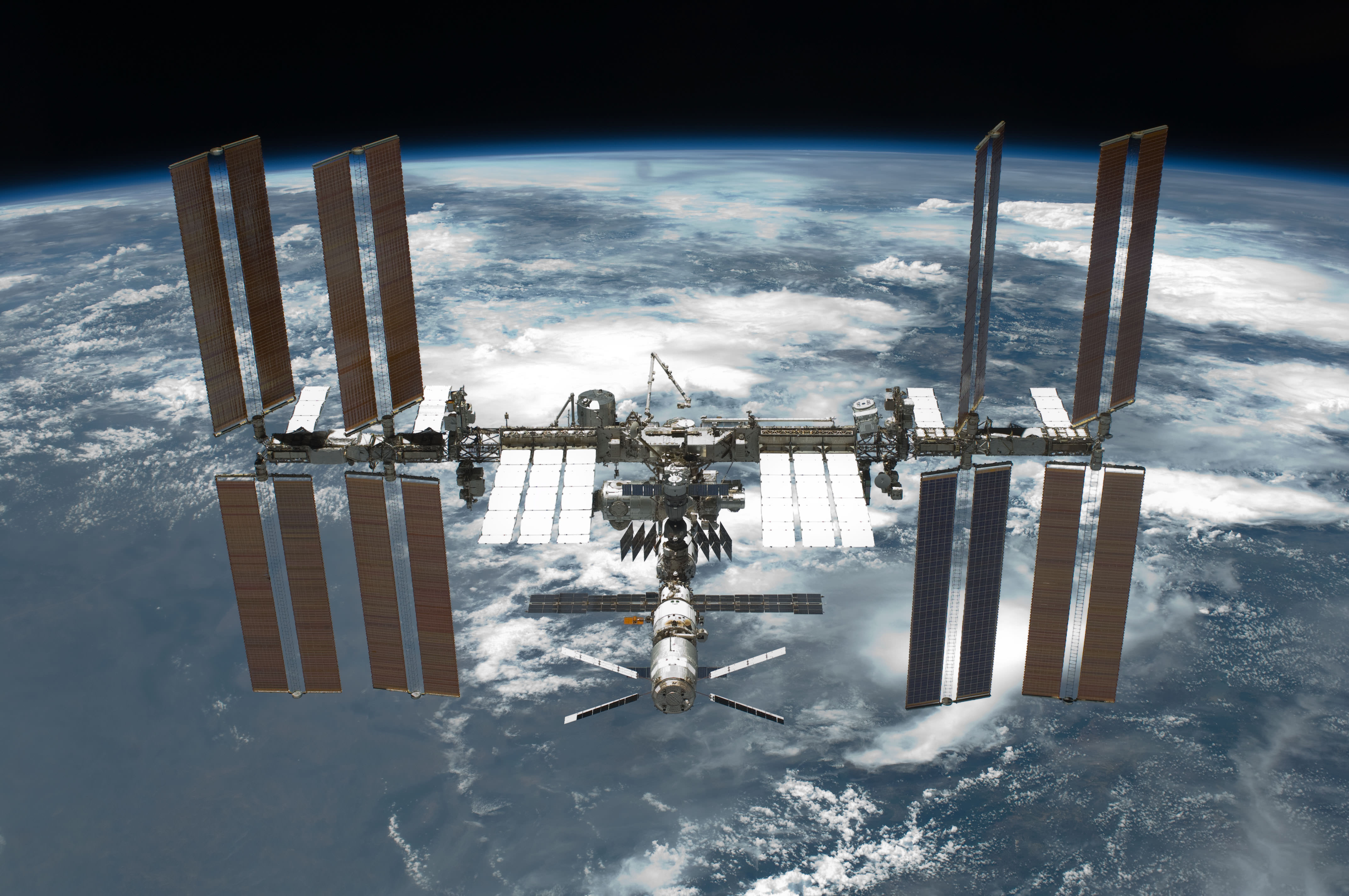
SO much better than a tiny capsule barely large enough for a single occupant!
Next up.. a lunar space station. Maybe even reuse parts if not technology from the current ISS? Then one around Mars…
Flame balls!
And YES for reason #7! Science can certainly be a uniting force… if we want it to be that way.